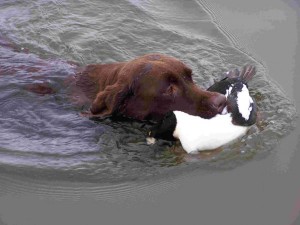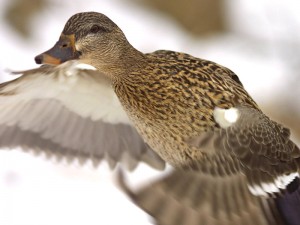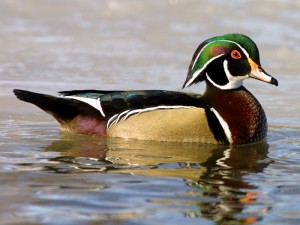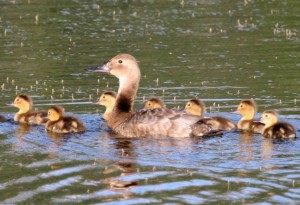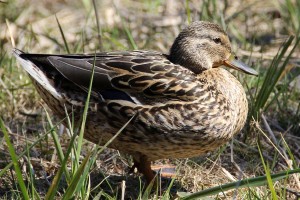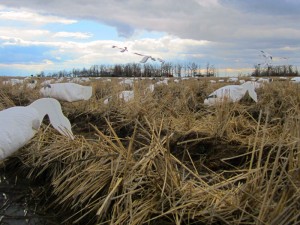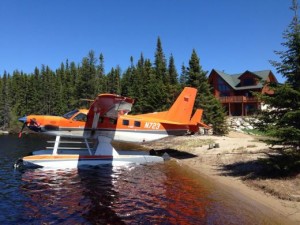
N723 beached for a night’s stay in a lodge. Photo Courtesty of USFWS, Nick Wirwa
The 60th annual spring Waterfowl Survey is nearing completion and habitat conditions vary greatly across the nesting region in North America at this time. Aerial and ground crews have experienced a number of weather delays this year and some crews are racing across flight transects to collect data.
Hello folks, and, as always, welcome to Waterfowler.com.
Drier conditions prevail across most of the breeding areas in the United States. The lack of snow that fueled a very fast snow goose migration did little to recharge wetlands in Montana or the Dakotas. The Coteau region and eastern North Dakota had much better conditions but waterfowl numbers are down on those areas and nesting pairs have traveled north to areas where habitat conditions are better. Survey crew condition to report that the number of drained wetlands continues to increase across the survey area at an alarming rate.
In Canada, conditions range from good to excellent in eastern parts of the country to fair in the southwestern areas. In Nova Scotia, Ontario and Quebec, conditions are similar to last year and production expected to be near normal.
Smaller wetlands are drier in Northern Manitoba and Saskatchewan but permanent wetlands remain good. Duck numbers appear to be better than normal and this is not unexpected because of dry conditions in the Dakotas. Southern Manitoba is reportedly similar to last year with duck numbers good in most areas and other areas reporting record numbers of waterfowl.
Southern Saskatchewan is slightly drier than last year but the bulk of wetlands remain full, or nearly full. In southern and central Alberta it is drier in the south but Parklands remain good with duck numbers high. In Northern Alberta and the Northwest territories, conditions are drier in the south and near normal in the north. Mallard, Pintail Shoveler and Widgeon numbers were up in the boreal region with sea duck numbers lower than normal.
In summary, duck production will see a slight bump in Canada this season due to poor habitat conditions in the United States. Duck numbers in North Dakota appear to be down 25% across the state and down 40% in South Dakota.
CRP enrollment continues to decline in the U.S. Prairie Pothole region. North Dakota alone has suffered a net loss of 1.6 million acres since 2007 and the Farm Bill capped enrollment at 24 million acres – down from 26.8 million acres in 2013 and the lowest since 1987.
A recent study by North Dakota Fish and Game found that 10,330 wetland basins will have a gas well within 110-yards of them by 2020. Which will significantly impact duck production, clutch-size, and duckling survival rates.
The crash of duck production in the U.S was not unexpected, as habitat conditions swing like a pendulum from poor to excellent. What is important to remember that during dry years it is easier to plow wetlands and in the future, when water returns, the wetland will not.
As politics become more partisan and volatile in our nation, one thing is clear the road to sound environmental policy that favors habitat protection, enhancement and good duck production will be extremely rocky – unless hell should freeze over and our elected officials spend more time searching for common ground that differences.
As we await the final publishing of the 2015 Waterfowl Habitat and Breeding Survey (which is usually released the first week of July), waterfowl hunters and can read detailed pilot and survey crew reports at FLYWAYS.US
Until our next update, cross your fingers for good duck production in the northern parts of the Prairie Pothole Region (PPR).





